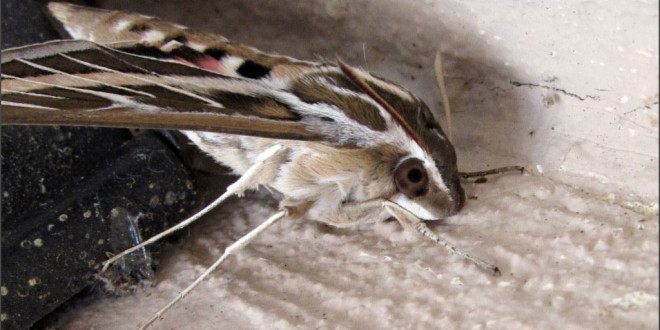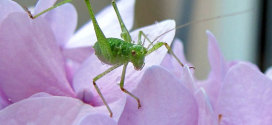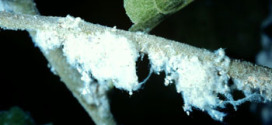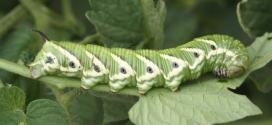The White-lined sphinx (Hyles lineata), commonly known as the hummingbird moth, is a moth of the Sphingidae family. Its range extends from Central America, through the United States and into parts of Canada.
The forewing is dark brown with a tan stripe which extends from the base to the apex. There are also white lines that cover the veins. The black hind wing has a broad pink median band. It has a wingspan of 2 to 3 inches.[2] The moth is sometimes referred to as a Hummingbird Moth because of its similarity to the Hummingbird in appearance and flight characteristics.
The larva is yellow and black or sometimes lime green and black. Many individuals have a subdorsal stripe. The head, prothoracic shield, and the anal plate are one color either green or orange with small black dots. The horn varies from either yellow or orange and sometimes has a black tip.[4] Larvae burrow into soil to go into pupal stage , where they remain for 2–3 weeks before they emerge as adults.
While the month is pretty and even its caterpillar is pretty, I don’t appreciate the caterpillar’s massive consumption of my tomatoes.
The caterpillars of this species eat:
Willow weed (Epilobium)
Four o’clock (Mirabilis jalapa)
Apple (Malus)
Evening primrose (Oenothera)
Elm (Ulmus)
Grape (Vitis)
Tomato (Lycopersicon)
Purslane (Portulaca)
Fuchsia
Clarkia elegans
Cuphea ignea







